Here's what I think French jumps breeders are getting right
Ex-TBA NH Committee chairman Bryan Mayoh with an open letter to French breeders from a British counterpart's perspective
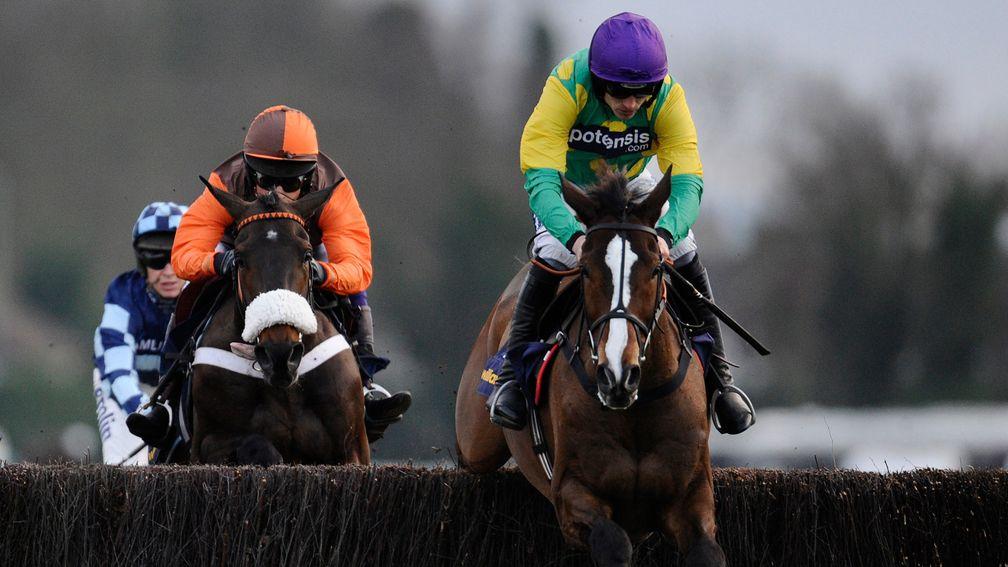
I first noticed the superiority of French-bred horses in jumps races in Britain and Ireland around 15 years ago. It would have been difficult not to, with Kauto Star, Long Run, Azertyuiop, Edredon Bleu, Master Minded and Voy Per Ustedes winning the most important chases in Britain.
Such successes have continued, despite the best efforts of British and Irish studs to match their French rivals – with high-class Flat horses including Milan, Shirocco, Sulamani, Westerner and Yeats joining proven sires in Flemensfirth, Kayf Tara, King’s Theatre, Old Vic, Oscar, Presenting and Shantou at stud. More recently, Golden Horn and Crystal Ocean have been added to their number.
Over the years, I have carried out several investigations into the most successful jumps horses racing in Britain and Ireland, starting from the 1998-99 season through to 2008-09, then from 2009-10 through to 2019-20 (with selections based on the highest ratings shown on the Racing Post website). For this article I also considered major winners from the 2019-20 to 2022-23 seasons (covering Cheltenham Festival Grade 1 races plus six other highly competitive Grade 1s).
In each case French-bred horses represented a significant proportion of the best jumps runners:
- Best jumpers of 1998-99 to 2008-09: FR-bred 39%, GB/IRE-bred: 61%
- Best jumpers of 2009-10 to 2019-20: FR-bred 46%, GB/IRE-bred: 54%
- Best jumpers of 2019-20 to 2022-23: FR-bred 50%, GB/IRE-bred: 50%
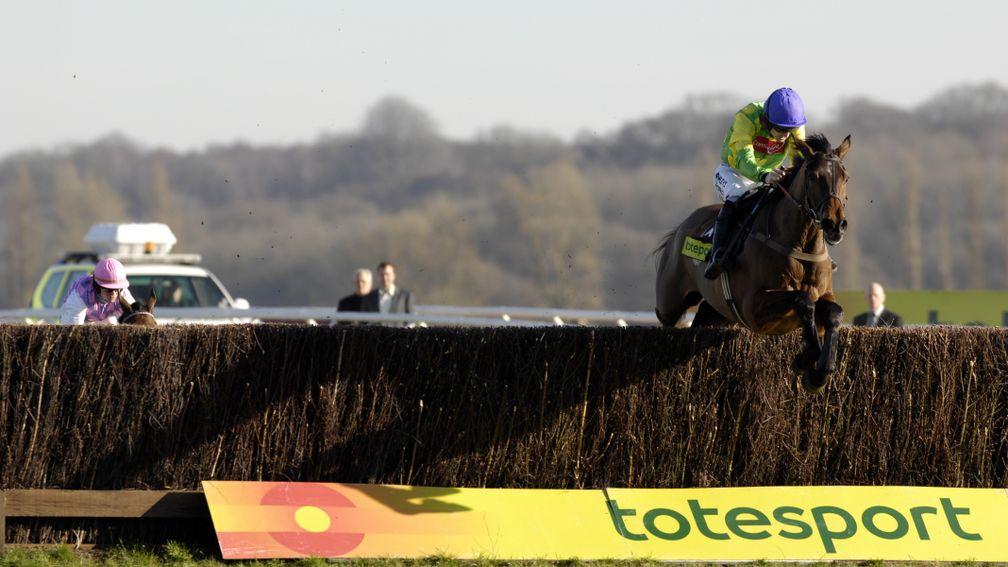
Within these statistics the most important findings are that:
- Jumps-bred foal crops from which these FR-bred winners emerged numbered around 60 oer cent of those in Britain and Ireland combined.
- Therefore, if all FR-bred horses had raced in Britain and Ireland one might expect around 37.5 per cent (=60/160) of the best horses to be FR-bred. However, the majority of horses produced for jump racing in France remain there to race, whereas very few GB/IRE-breds race in France,
- Of course, the FR-breds exported to Britain and Ireland are generally selected by knowledgeable people, many having already shown good racing ability. Such horses can be expected to be more successful than their unselected GB/IRE-bred competitors. However, if just one-third of the best FR-bred jump horses remain in France, one might expect the FR-bred proportion of major winners in Britain and Ireland to be only 25 per cent (=40/160).
Therefore, the above results suggest a sustained, and possibly increasing, pattern of success for French jumps breeding in major GB/IRE races.
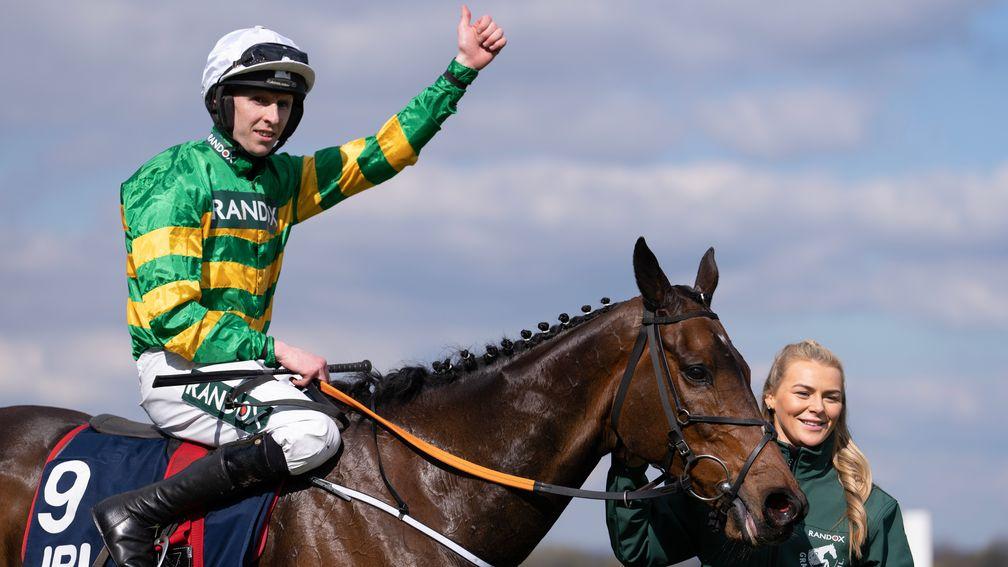
As a jumps breeder who has to compete with such imports, I have tried to understand the reasons for their success by considering what is done differently in French studs, stables and racecourses. The patterns I found have been consistent from the very first analysis:
- There is no real difference in mare quality. All three nations increasingly rely on mares who have been tested on the racecourse, in jump rather more than Flat races. My researches into both Flat and jump breeding show that the best racemares are most likely to succeed as broodmares; but success with such mares applies to all three nations, as evidenced by Sire Du Berlais (FR) from Royal Athenia, Politologue (FR) from Scarlet Row, Black Tears (GB) from Our Girl Salley, Stage Star (IRE) from Sparky May – all high-class jumps mares.
- There is, however, a difference in stallion selection. A factor that does not immediately appear to provide an advantage to the French is that British and Irish breeders can make use of a much greater selection of stallions who won Flat Group 1 races. Of the successful horses in my most recent sample of top-class jumpers, that for 2019-20 to 2022-23, 65 per cent of the GB/IRE-breds were by Group 1-winning sires, as against only 31 per cent of the FR-breds, with figures for Group 2 winners being 19 per cent and 12 per cent respectively. In principle, the wider use of such stallions should be an advantage to GB/IRE breeders since further investigations reveal that high-class racing ability at around a mile and a half is a positive factor for jump stallion success.
- However, the French offset this advantage in other ways. Most importantly, French breeders utilise stallions who succeeded over jumps. In the 2019-20- 2022-23 sample 31 per cent of the FR-breds were by sires selected for jumping ability, including Buck’s Boum, Kapgarde, Nickname and Saint Des Saints. Only four per cent of the GB/IRE-breds were by such a sire, this being Blue Bresil – imported from France! Similar proportions of FR-breds in the earlier samples were also by sires proven over obstacles.
- However, even if none of the horses sired by such stallions had succeeded, FR-breds would still have outperformed their opportunity, with 35 per cent of all horses in the latest sample being FR-breds sired by Flat-raced stallions with such diverse backgrounds as Doctor Dino (Group 1 winner), Martaline (Group 2 winner), No Risk At All (Group 3 winner), Diamond Boy (Listed winner) and Walk In The Park (Group 1-placed).
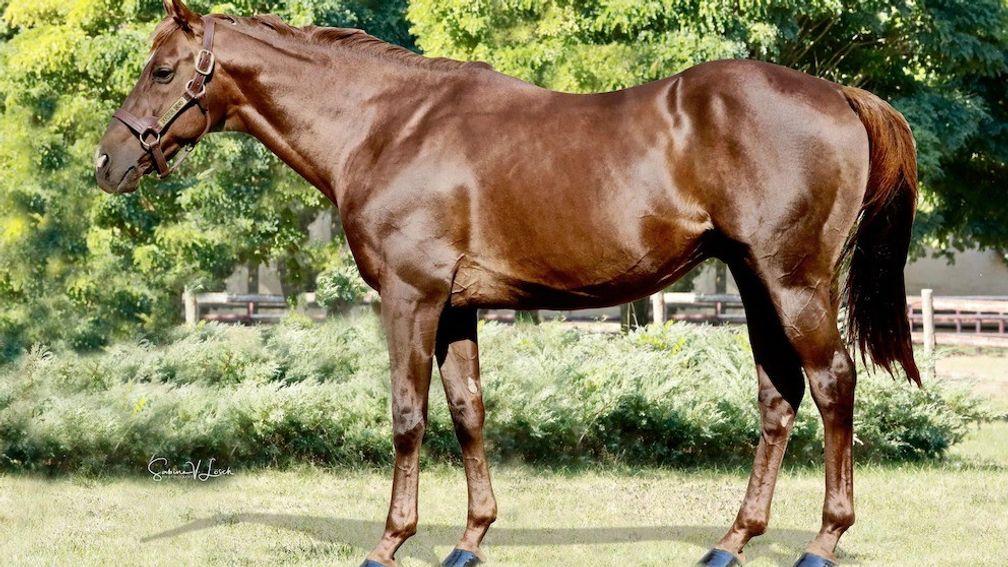
- Here is perhaps a clue to another important aspect of French breeding. As a much larger country than either Britain or Ireland, studs are scattered over a greater area, and accordingly the dominance of a few high-profile stallions covering 300-plus mares is less likely to happen. Horses such as those mentioned above are given far greater opportunities than they would enjoy in Britain and Ireland, where a stallion such as the Listed Flat and Grade 2 hurdles winner Midnight Legend spent much of his career in the shadows cast by his more fashionable rival Kayf Tara, whence he emerged for three glorious (to me!) days when his son Sizing John won the Cheltenham, Irish and Punchestown Gold Cups. By that time Midnight Legend was 26 years old!
However, somewhat to my disappointment as a breeder, none of the pedigree factors revealed by my analyses provided the elixir I sought – differences in breeding, particularly the use of stallions who showed ability over jumps, were insufficient to explain the greater success of French-breds. However, an important aspect of upbringing stood out as soon as I looked at it.
Here are some figures from my last two surveys of leading jumps horses:
For the leading jumps horses from 2009-10 to 2019-20:
- 60% of the FR-breds had raced over jumps by the end of their 3yo year vs only 2% of GB/IRE-breds.
- 83% of the FR-breds had raced over jumps by the middle of their 4yo year vs only 22% of GB/IRE-breds
- 94% of the FR-breds had raced over jumps by the end of their 4yo year vs 53% of the GB/IRE-breds
For the leading horses from 2019-20 to 2022-23 the corresponding figures were:
- By the end of the 3yo year 42% FR-breds vs 8% GB/IRE-breds
- By the middle of the 4yo year 85% FR-breds vs 35% GB/IRE-breds
- By the end of the 4yo year: 100% FR-breds vs 62% GB/IRE-breds
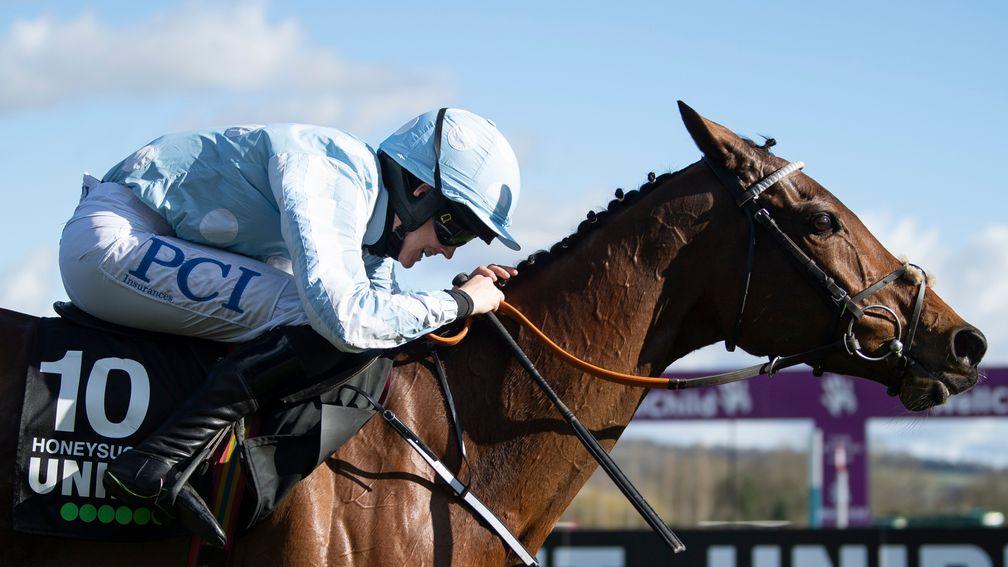
It therefore appears that the principal advantage enjoyed by French jumps breeders may be a racing programme that encourages the breaking, schooling and racing of jump-bred horses earlier. Irish breeders are starting to follow, via an increased emphasis on four-year-old point-to-points as a means of developing, testing (and then selling) young horses, but only a minority of successful horses presently come via that route. In the most recent sample of top-class GB/IRE-bred horses, just ten out of 26 began in four-year-old points – one being the GB-bred Honeysuckle – but these races also provided the first taste of racing for two FR-breds, while Energumene (FR) began in a British point against older horses as a four-year-old in January.
British and Irish breeders long believed that racing jumps horses earlier causes their careers to be shorter. When I looked at the numbers, I found that this was simply untrue. In the earliest studies, FR-breds on average reached their peak form around a year earlier than GB/IRE-breds, passing their peak earlier too – but with that peak lasting slightly longer than for GB/IRE-breds. These horses included Kauto Star, who first ran as a three-year-old in March and won his final Grade 1 race in December as an 11-year-old, and Neptune Collonges, who made his racing debut when winning a French chase as a three-year-old and won the Grand National aged 11.
In my latest sample the only horse to win a Grade 1 at the age of 11 was FR-bred Sire Du Berlais, with just Politologue (FR) winning as a ten-year-old, six French-bred horses but only three GB/IRE ones won such races as nine-year-olds, though the overall number of winners of these races was the same (26) between the two breeding populations. The argument that earlier racing over jumps is detrimental to the longevity of FR-breds is nonsensical.
Unfortunately, in Britain some trainers feel that British and Irish-bred jumpers are, unlike FR-breds, unsuited to racing over obstacles at three and four. Accordingly, a recently introduced initiative to hold three or four-year-old hurdle races for previously unraced horses (as an alternative to National Hunt Flat races that lure many jumps-breds away from the purpose for which they were bred until they are five-year-olds) attracted opposition from such trainers – as well as indifference from others able to afford expensive French hurdlers or Irish pointers instead!
French jumps breeders also enjoy other advantages over their British and Irish rivals:
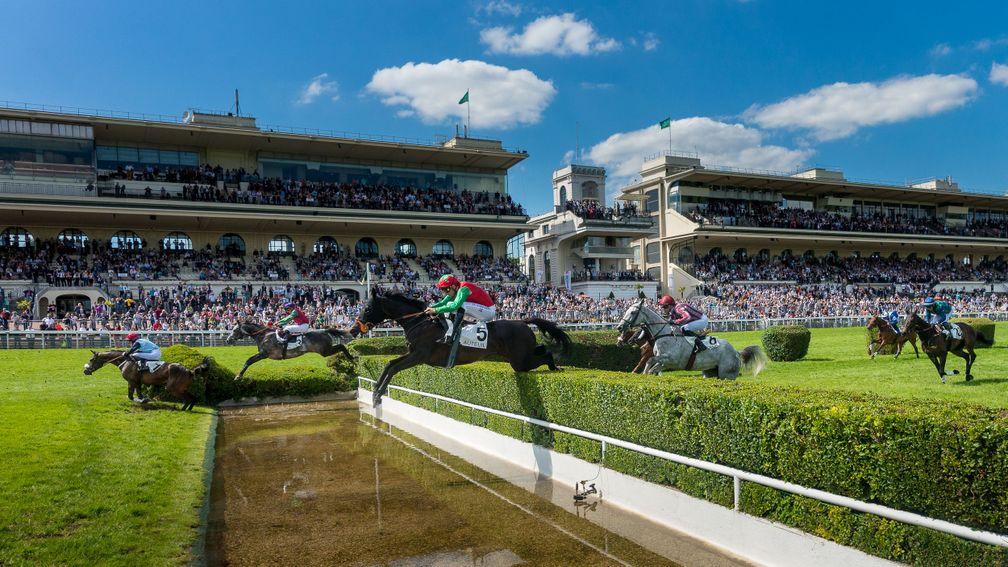
- Because of excellent prize-money and generous breeders’ premiums they can breed for the racecourse and hope to sell later, rather than offering horses as three-year-olds in May or June – unbroken, untried and often too big and backward to become good racehorses any time soon. In store sales, ‘stallion fashion’ plays a big part in how much the vendor earns; while foal sales are largely driven by sales prospects as unbroken three-year-olds, not those of racecourse success.
- French hurdles are smaller versions of fences, upright and not easily knocked over, whereas GB/IRE hurdles are sloping and can be flattened quite easily. In addition, French hurdles are jumped 12 times in 15 furlongs, GB/IRE hurdles eight times, perhaps encouraging excessive speed. So, many FR-breds have the additional advantage of having been trained and raced over obstacles that require proper jumping techniques.
After comparing French jumps breeding so favourably with our own, I may not be best-placed to offer advice to French jumps breeders. Instead, I would simply remind you of your major advantages:
- Substantial prize-money and premiums mean breeders can focus on breeding for the racecourse rather than the sales ring. Aiming for racing ability rather than satisfying sales fashions is a key driver when selecting stallions.
- Stock is broken and taught to jump earlier, over properly designed hurdles, developing bodies and minds for the purpose for which they were bred.
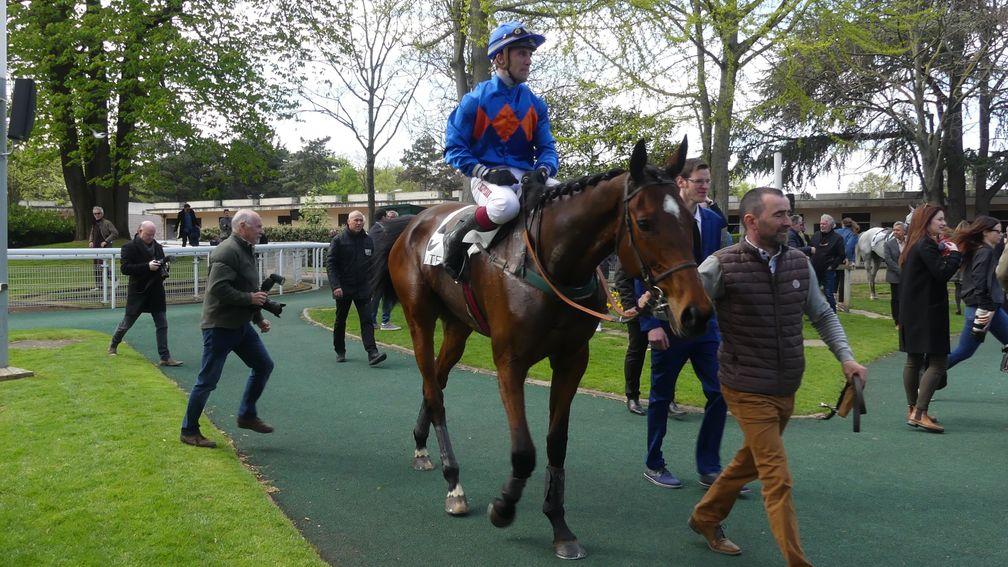
- Breeders are therefore able to assess sires two years earlier than can GB/IRE rivals, from a choice of stallions that includes many who raced over jumps, with opportunities to race three or four-year-old colts and sell the best as stallions.
So, my simple conclusion is that France is an excellent country in which to breed and race jumps horses, so French breeders should stick to what works already. Don’t be led astray by Anglo-Irish fashions to pay too much for stallions because their stock is temporarily in demand; and don’t be led into running your best AQPS produce in National Hunt Flat races as four or five-year-olds because they might achieve Graded status.
On second thoughts, though, remembering that we British breeders have to compete with you, why not try a different approach? Prepare your horses for sales as three-year-olds rather than racing them; choose stallions potential buyers will approve of rather than because they suit your mares; and sell mares with proven jump-racing ability but keep their less-talented sisters to breed from.
If you do these things, it will really help us!
Read this next:
Caldwell Potter makes it a famous five for his dam in Future Champions Novice Hurdle
Published on inNews
Last updated
- Royal Ascot winner Arizona on the move as Coolmore sire joins the exodus to Turkey
- Something different for Burrows as Group 1-winning trainer consigns at the Tattersalls Cheltenham December Sale
- Breeding right to Blue Point sells for €430,000 on Darley winning bid platform
- Classic hero Metropolitan set for strong home support with Etreham busy at the sales
- 'It has been nothing short of incredible' - Grace Hamilton on Godolphin Flying Start experience
- Royal Ascot winner Arizona on the move as Coolmore sire joins the exodus to Turkey
- Something different for Burrows as Group 1-winning trainer consigns at the Tattersalls Cheltenham December Sale
- Breeding right to Blue Point sells for €430,000 on Darley winning bid platform
- Classic hero Metropolitan set for strong home support with Etreham busy at the sales
- 'It has been nothing short of incredible' - Grace Hamilton on Godolphin Flying Start experience